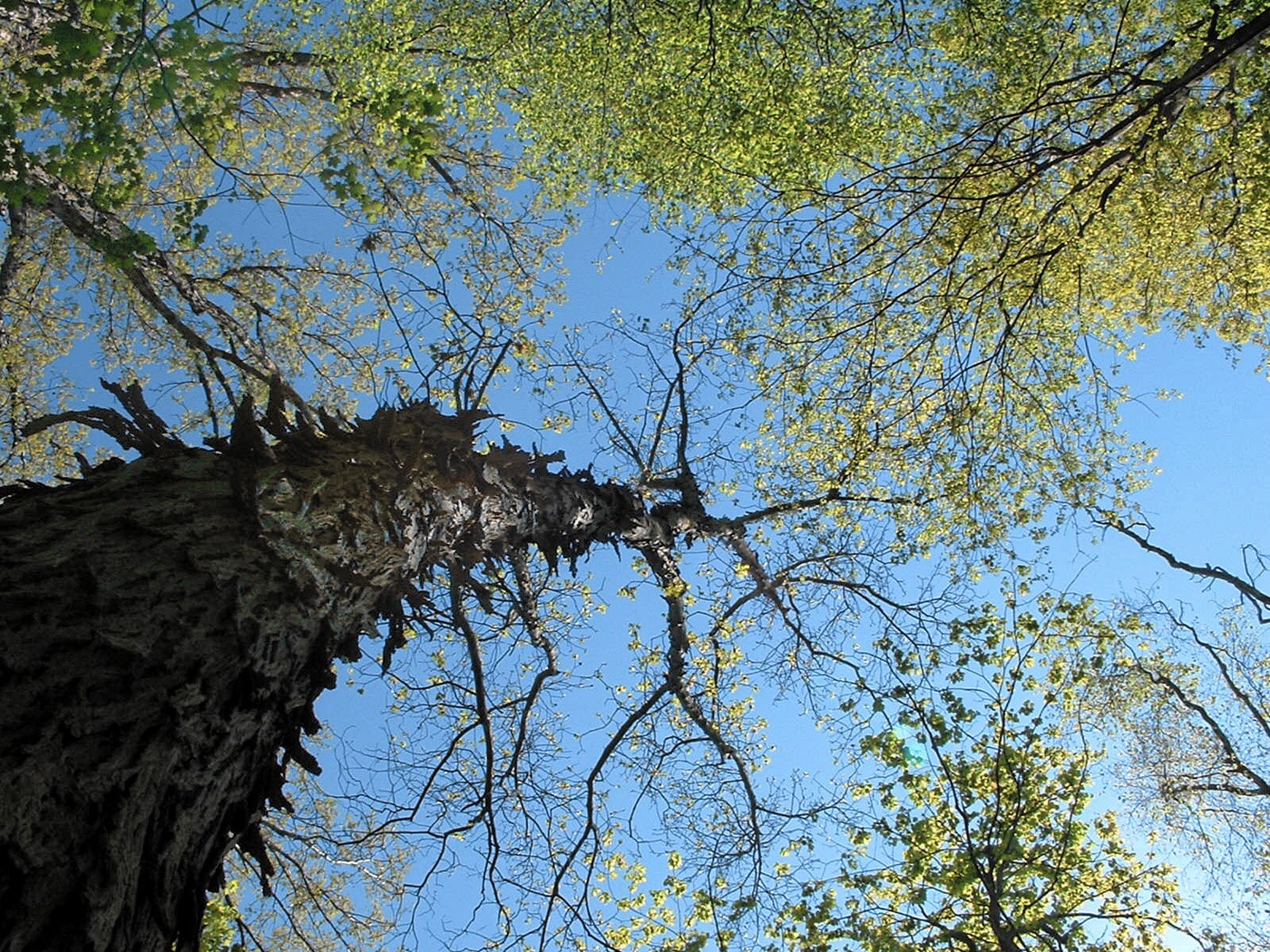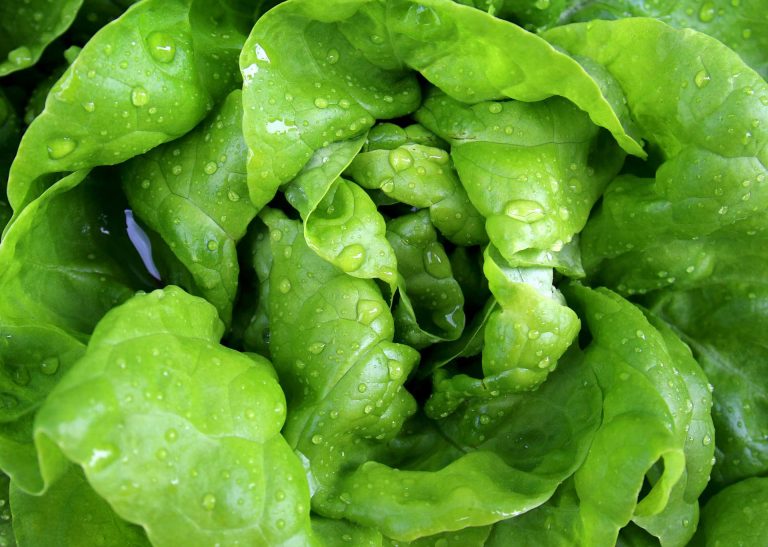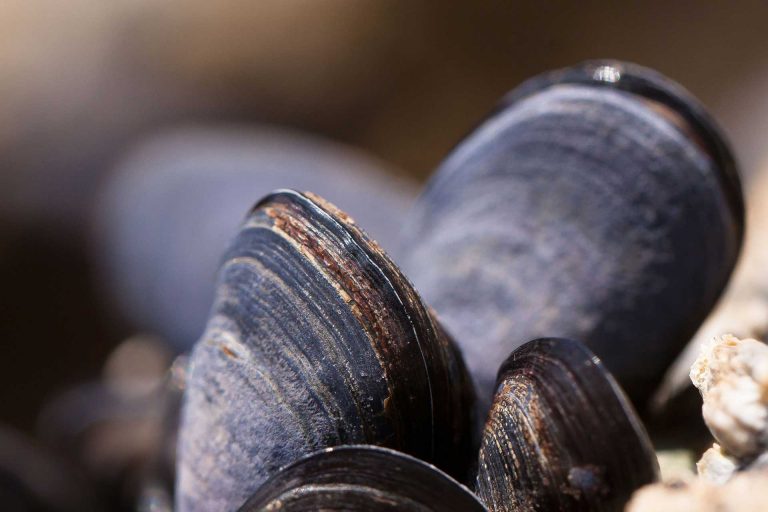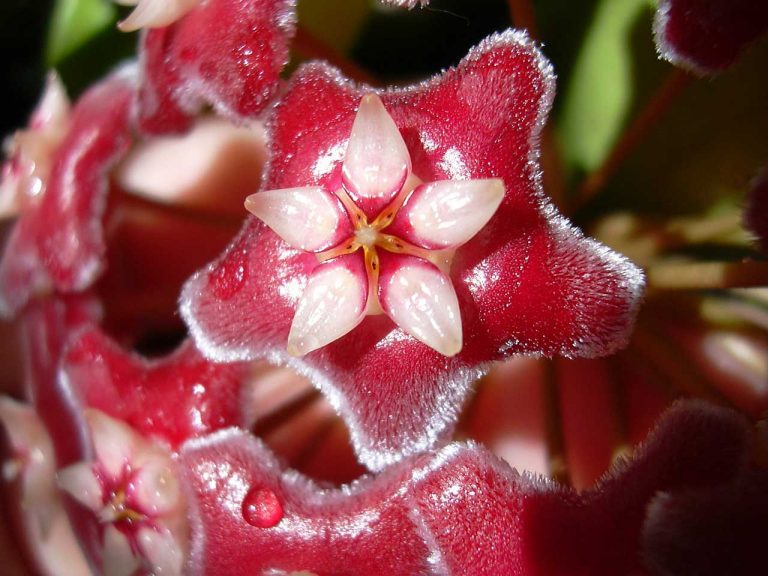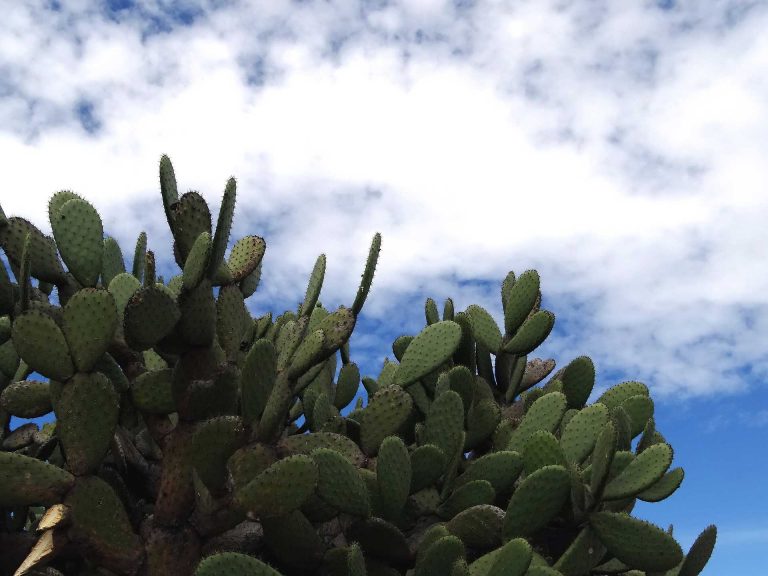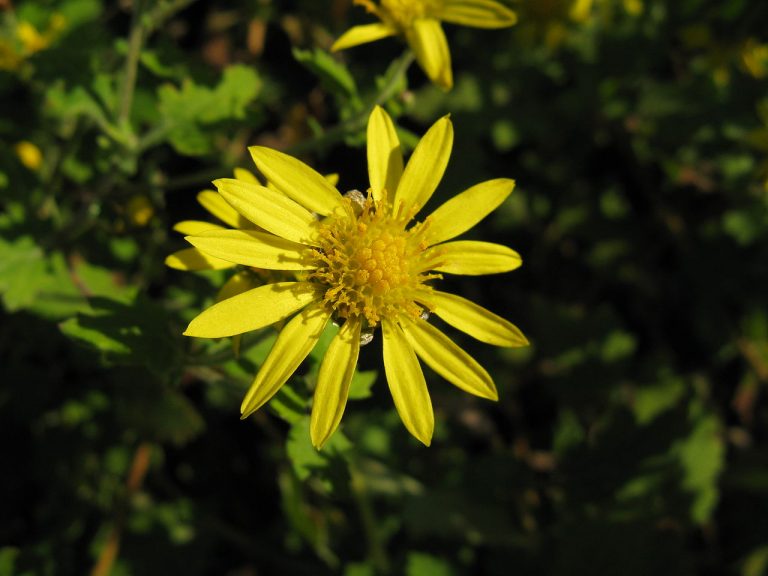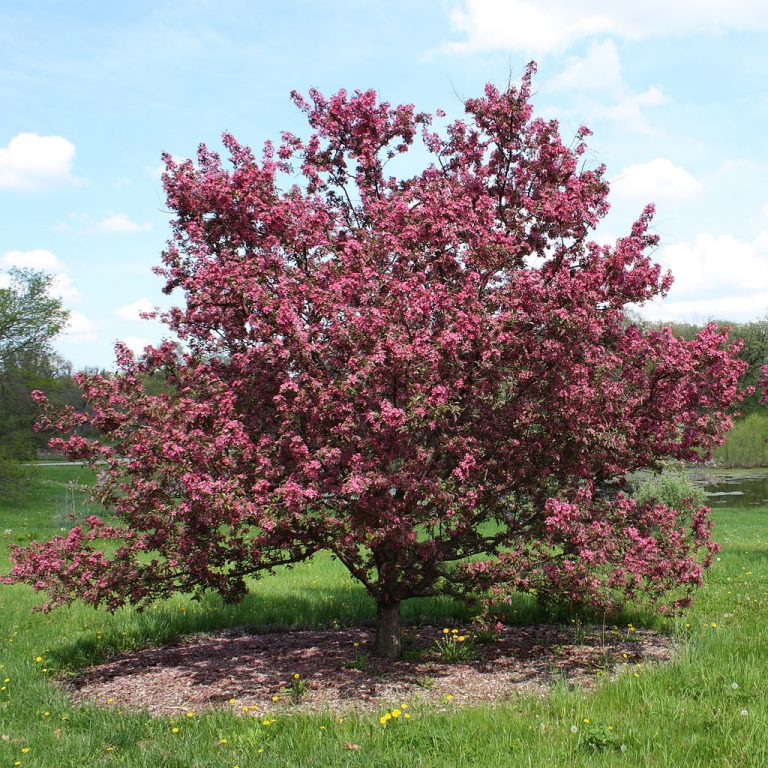Carya Ovata
Scientific Classification
| Kingdom: | Plantae |
| Genus: | Carya |
| Order: | Fagales |
| Species: | C. Ovata |
| Family: | Juglandaceae |
Carya Ovata is a deciduous tree. In southeast Canada and the Eastern United States, Carya ovata is a common hickory tree. It is also known as Shagbark hickory, Upland Hickory, Shellbark Hickory, and Scaly Bark Hickory. It can grow about 100 feet tall and can live 350 years. When mature, it is easy to recognize, because it has a shaggy bark as its name implies. A humid climate is good for Carya Ovata. The nuts have excellent flavor. These nuts are good for squirrels, birds, rabbits, black bears, foxes, and many wild animals. It is an ornamental tree. The seeds of the tree require cold. Carya ovata is a self-fertile tree.
Anatomy
The leaves of Carya ovata tree are pinnate, long and have five leaflets. This is a monoecious tree. The male flower is produced near the tips of twigs in yellowish green catkins. And the female flowers are produced at the tip of young shoots in small green spikes. These flowers are cross pollinated by wind. The fruit is long. It has an edible nut with a bony hard shell, contained in a green, thick husk which turns dark at maturity in the fall. The buds are covered with loose scales and are large in size. The nuts are edible and sweet. The fruits and nuts vary their shape and size. Its fruit ripens in the month of September and October. From September to December, the seeds are dispersed. When husks are ripening they turn brown to brownish black in color. When mature, they are green. At maturity the husks become dry. The seeds ripen in the early autumn season. You can store it in a cool cellar for up to more than 2 years.
Uses
The wood of the Carya Ovata tree is used for making bows and for smoking meat. The wood is also used for handles of axes, skis, plugs and axles. The bark is used to add flavor in a bitter maple syrup. It is also traditionally used as charcoal producing wood and as a fuel wood. The wood of Shagbark hickory is popular for its strength. Its wood has a combination of toughness, strength and hardness. These qualities make it useful for flooring, tool handles and furniture. The combination of hardness, strength and toughness makes it suitable for special products like dowels, athletic goods, gymnasium equipment and ladder rungs. Cooked and raw seeds are used in cakes, bread and pies. These seeds are very tasty and delicious. The seed is also used in thickening soups and can also be ground into meal. From the seed of Carya ovate, nut milk can be prepared and it is used as butter on bread and also used in vegetables. Small fresh shoots of Carya Ovata have been steamed for the treatment of headache. Internal part of a decoction of bark has been used in the treatment of rheumatism joints. From the inner bark of this tree, a yellow dye is obtained, which is also very useful.
Habitat
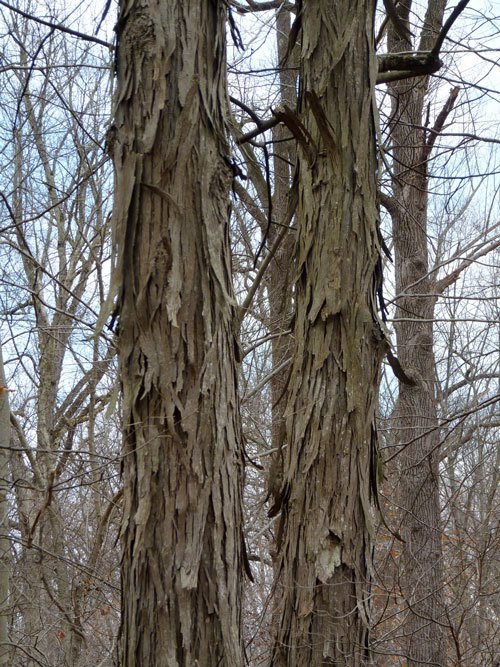
Photo by: John Beetham
Carya Ovata is mostly found in the Eastern United States in Southeast Minnesota, Southern Ontario and Southeastern Nebraska. And it also occurs from Southern Maine to Southern Quebec, Southward to Alabama, Mississippi, Georgia, Eastern Texas and Louisiana. You can also see that it occurs in the mountains of Northeastern Mexico.
Soil
The Carya Ovata tree prefers full sunlight. Well drained and moist soil is ideal for it. It prefers clay loam soil and mesic conditions. Because of its deep taproot it is very difficult to transplant this tree. It grows well in natural moist river bottoms.
Planting
Carya ovata tree is difficult to plant because it has a slow growth rate. It is not more attractive than other rapid growing trees. For better growth of the tree, summer season is ideal for planting.
Pests
The Caya Ovata is a pest tolerant tree, but many pests may cause some little effect on them. Poria spiculosa fungus caused canker rot. It is the most serious and widespread disease for this tree.
Various types of aphids can feed off this tree. They can cause distortion. Leaf stem gall forms hollow green galls on twigs, stem and leaves of these trees. Bark beetle causes wilting of trunk and twigs. It may kill the tree. By fertilizing and watering regularly, you can keep the tree healthy.

Having discovered a fondness for insects while pursuing her degree in Biology, Randi Jones was quite bugged to know that people usually dismissed these little creatures as “creepy-crawlies”.

